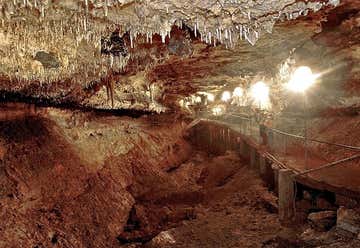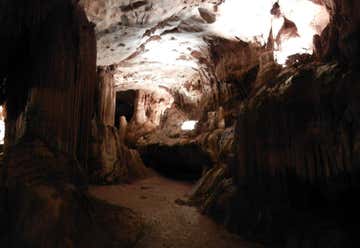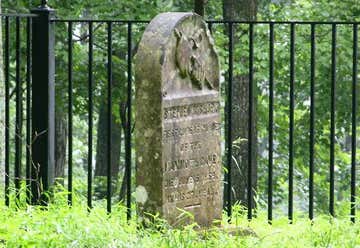Welcome to the world's longest known cave system, a 400-mile labyrinth of subterranean adventures. Whether you're a professional or novice spelunker, navigating Kentucky's incredible Mammoth Cave National Park is easier than you might think. Plus, it boasts a colorful history and cool attractions. From mummies to sinkholes, there's a lot to see above and below the ground.
Some tips for visiting Mammoth Cave National Park:
The National Park Service offers guided tours that highlight various parts of the cave, so you don't have to worry about getting lost underground. The Historic Tour, the Frozen Niagara Tour, and the Domes and Dripstones Tour are the most popular.
Tours change depending on the season, so check before you go. Also, keep in mind that some of the tours have height, age, or other restrictions.
Above ground, you'll find 70 miles of trails. The Green River offers kayaking, canoeing, swimming, and fishing opportunities along with horseback riding, camping, and more.
Inside the cave the temperature usually hovers around 54 degrees Fahrenheit, although it can be warmer or colder, depending on various factors. Pack a sweater and good walking shoes.
Mammoth Cave is all about geological wonders hidden below the Earth and Big Mike's Rock Shop is a kitschy, fun place to pick up some of those wonders as souvenirs. Choose a geode and have staff cut it open for you, browse the colorful rocks and minerals, and check out the dinosaur fossils upstairs.
Cedar Sink Trail is one of the most unique hikes in the park. The relatively short, but staircase-heavy, trail leads past a river, through lovely forests, and around a huge sinkhole where you can see the river dipping in and out of the cave.
If you're looking for a more low-key cave tour, the leisurely 45-minute walk through Onyx Cave, located just outside the park, is pretty easy but no less impressive. It's a wet cave (which means it's still actively forming) that contains features like "cave bacon," "cave coral," and more.
Another subterranean adventure in the area is Outlaw Cave. The 45-minute tour doesn't have any stairs, so it's accessible for those with strollers or wheelchairs. You'll see stalactites and stalagmites (and learn the difference between the two) along the way.
Diamond Caverns has been stunning visitors with its beauty (and state-of-the-art lighting that illuminates the cathedral-esque caverns) for almost 150 years.
Looking to grab a bite between hikes and tours? Crystal Lake Coffee Shop is located near the visitor center, and serves up tasty, no-frills meals with plenty of vegetarian options (all with a side of retro diner vibes).
This cemetery is the final resting place of Stephen Bishop, one of Mammoth Cave’s earliest cave guides. Bishop guided cave tours for nearly 20 years, first as an enslaved guide and then as a free man. Three patients who died during experimental tuberculosis treatments that took place within Mammoth Cave in 1842 are also buried here, along with several members of the surrounding communities.
The Cub Run Cave was discovered in 1950, briefly open to the public and then closed until 2006. It reopened with new elevated wooden walkways and tour groups are kept small and personal.










